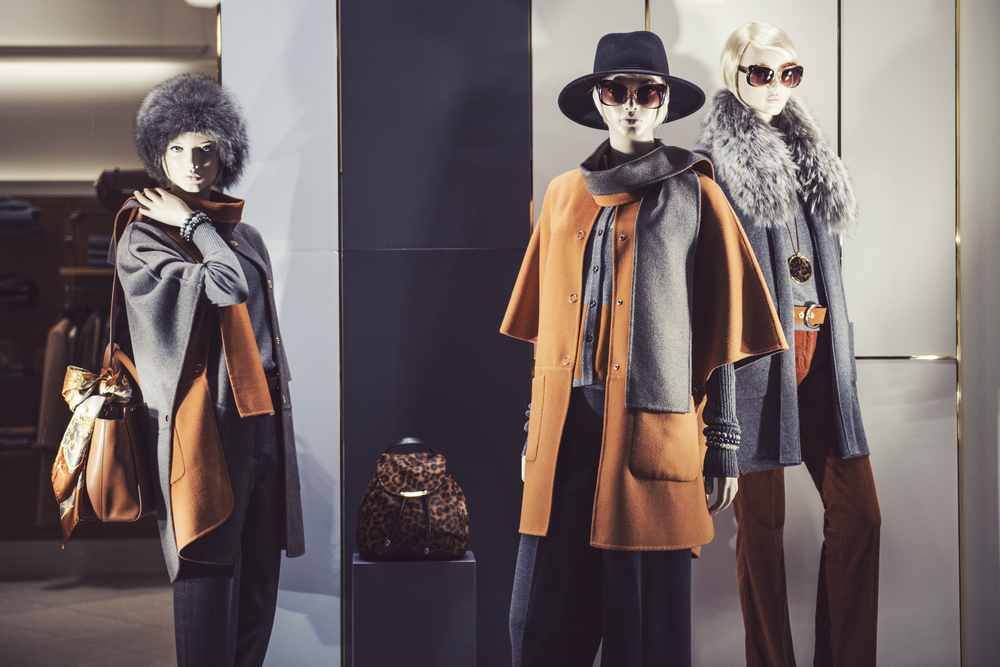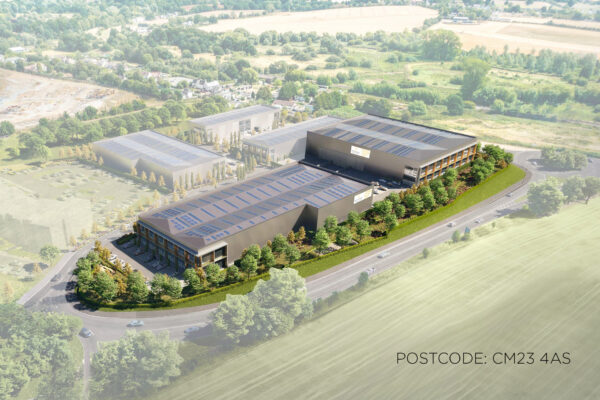The way we shop has changed. What does that mean for the fashion retail experience?
The UK’s high streets may have lost 388 stores over the past five years, but fashion retailers are starting to see more than a glimmer of hope for the future.
For instance, there were stronger-than-expected sales this summer: analysis by BDO shows that sales of fashion and footwear rose by 28.19% year on year in the week to 15 August. Meanwhile, Marks & Spencer reported that its clothing and homeware sales had shot up by an impressive 92.2% year-on-year in the four months to 14 August this year, down by just 2.6% on 2019/2020 figures.
If that wasn’t enough for retailers to breathe a collective sigh of relief, there was also the news that La Samaritaine – a 151-year-old Parisian department store that has been closed for the past 16 years – reopened its doors in June this year.
Iconic store, iconic retail experiences
The interior of the LVMH Group-owned store has been meticulously restored to its former glory. And whether seen in person or virtually, the ornate decor evokes a longing for a time when in-store shopping (and international travel) were much simpler.
Aside from being extraordinarily Instagrammable, La Samaritaine’s reopening also says a lot about the future of luxury bricks and mortar retail.
As Eléonore de Boysson, DFS group president for Europe and the Middle East (LVMH’s retail arm) said: “Bricks and mortar is not dead in our mind.”
She continued: “We need to give the client a real experience, which goes far beyond shopping.” As a result, you will find an array of nail bars, hair salons, restaurants and bars within the iconic store, all geared towards creating a memorable in-store experience rather than boosting product sales.
The move towards experiential retail
As with so many areas of retail, the Covid-19 pandemic has altered the industry’s view of experiential retail. The evidence suggests that consumers are now happy to buy luxury goods online, which means retailers need to give shoppers a really good reason to step inside bricks and mortar stores. In other words, offering them an experience to remember.
Online shopping offers customers convenience, but many crave the human, emotional connection that can only be provided through in-store interaction. That makes physical stores a vital touchpoint for brands.
Selfridges is another luxury department store that is placing its future in the hands of experiential. In recent years, the store has invested heavily in pop-ups, art installations and even an indoor skate bowl. The goal is to entice customers back – whether that’s a return in-store, online or a combination of the two is beside the point.
As Selfridges managing director Andrew Keith explains: “It’s about making sure that they value the relationship and enjoy the discovery.”
Acceleration of localisation

Pre-pandemic, Selfridges relied heavily on tourists to keep its sales buoyant. With many people still avoiding international travel, the store is now looking to strengthen its local customer base by creating hubs that “reflect the lifestyles and trends that are happening at a very local level”.
The volume of local sales (where customers buy products in their own countries rather than overseas) has a huge influence on the luxury retail market. And as post-pandemic flexible work patterns allow more people to move out of cities, we have seen the creation of luxury hubs in places you might not expect.
Global China: Its retail influence
Perhaps unsurprisingly, the biggest area for store growth is China. Here, it didn’t take long for the luxury goods market to recover, with shoppers keen for opportunities to ‘experience the brand’.
As soon as restrictions in China were lifted, consumers flooded back to physical stores, making a flurry of luxury purchases. Brands and retailers soon realised their customers were keen to try products and interact with other humans. But more importantly, they realised customers wanted to be bowled over.
Wendy Yu is a Chinese investor, philanthropist and luxury customer who enjoys shopping online, but can also see the role played by physical stores. She says: “Going in-store should be almost like jumping into a live magazine. I am in discovery mode – I’m interested in the edit, the curation and I want to see new things, touch, feel, smell.”
Blurring physical and digital
As our online and offline lives become more closely aligned, the question is what form the in-store environment should take. A nod to old-world glamour as seen in La Samaritaine? Or a move towards more modern, tech-driven spaces that create a digitalised physical experience?
This blurring of physical and digital retail is becoming an increasingly common feature of today’s retail. In-store retail tech such as interactive mirrors, on-the-spot payments, smart vending machines and AR are helping retailers build a stronger rapport with customers.
But the future of retail needs to have the right balance of traditional luxury and modern technology. Your customers want a shopping experience that is seamless, frictionless and convenient. They also want you to address classic customer pain points.
The team at Delta can help you create a retail experience to remember. Get in touch to find out how we can help you connect with your customers and boost sales: hello@thedeltagroup.com.




